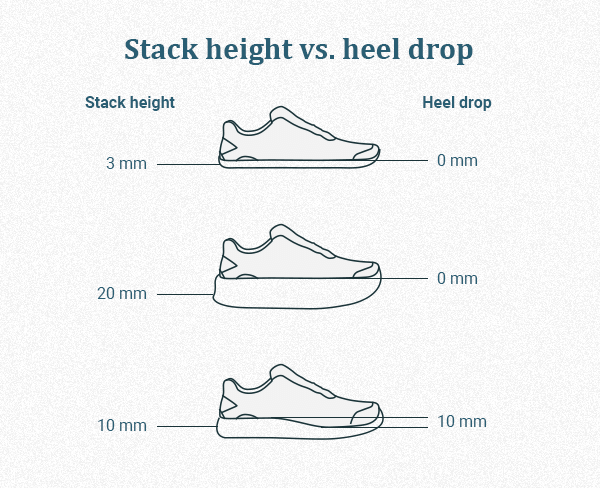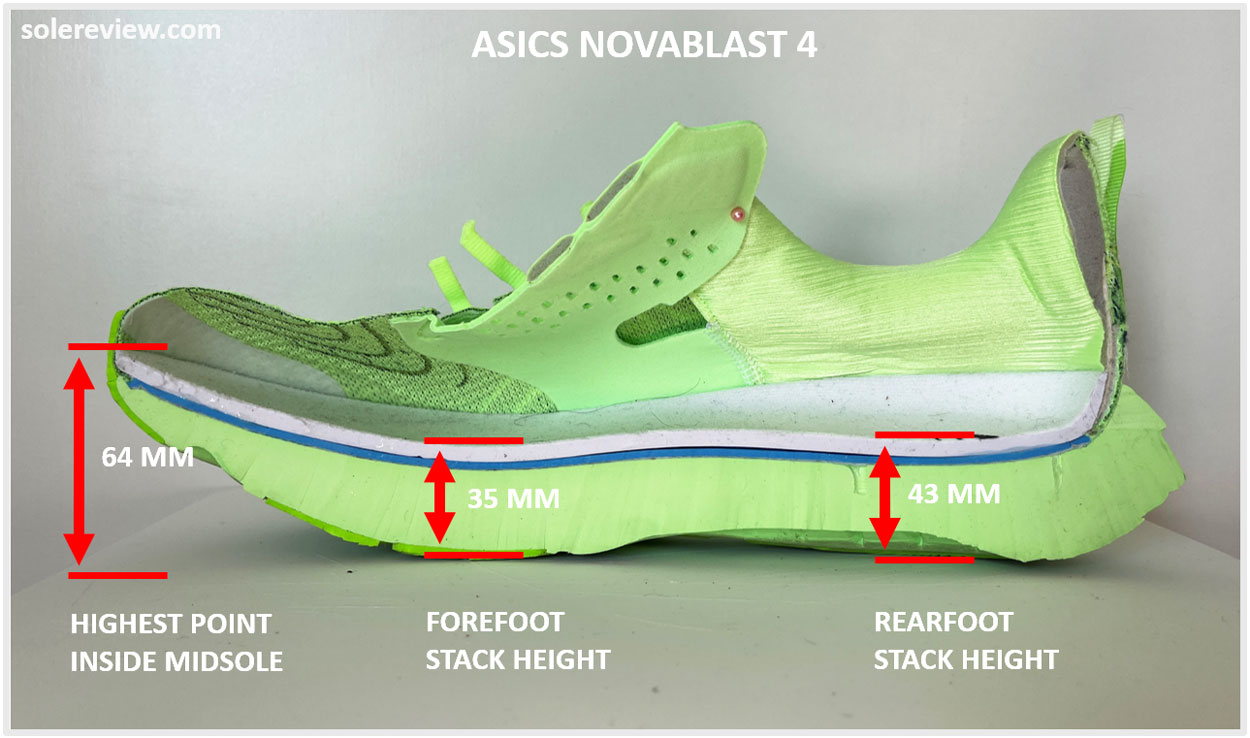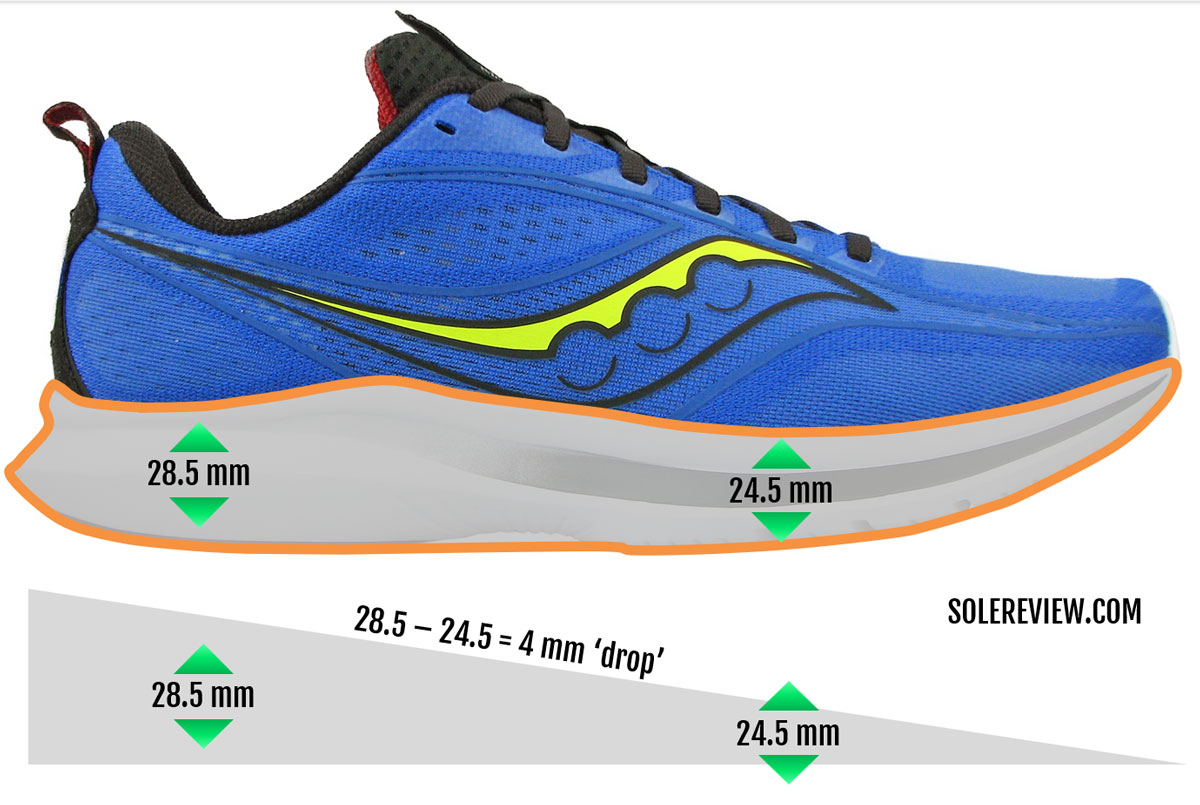Heel to toe drop running shoes are a fascinating aspect of the running world. These shoes cater to various running styles and preferences, impacting performance and comfort significantly. In this comprehensive guide, we will delve into everything you need to know about heel to toe drop running shoes—their features, benefits, and how they align with your running journey. Whether you’re a beginner or a seasoned marathon runner, understanding the intricacies of heel to toe drop can help you make informed decisions and elevate your running experience.
What is Heel to Toe Drop?
Heel to toe drop, often referred to simply as “drop,” is the difference in height between the heel and the forefoot of a shoe. This measurement is critical for runners as it influences running mechanics, comfort, and foot strike patterns.
How is Heel to Toe Drop Measured?
Heel to toe drop is measured in millimeters (mm). For example, a shoe with a 10mm drop means the heel is 10mm higher than the forefoot. Generally, the drop can be classified into three categories:
- High Drop (8mm and above): Provides cushioning and is often preferred by heel strikers.
- Medium Drop (4mm – 7mm): A balanced option that suits a variety of running styles.
- Low Drop (0mm – 3mm): Promotes a natural foot strike, preferred by minimalist runners.
Why Does Heel to Toe Drop Matter?
The drop of a running shoe can significantly affect your running mechanics, comfort level, and ultimately, your performance. Below are some key considerations:
Feedback from Runners
Many runners report that a higher heel drop offers more cushioning, especially during long distances, while a lower drop may enhance their natural foot movement. This feedback highlights the subjective nature of heel to toe drop preferences among runners.

Biomechanics and Foot Strike
The heel drop can alter your foot strike, influencing whether you land on your heel, midfoot, or forefoot. This, in turn, affects your overall running efficiency and injury risk. Here’s how it works:
- High Drop: Encourages heel striking, which can cushion the impact but may lead to overuse injuries.
- Low Drop: Promotes midfoot or forefoot striking, potentially improving running economy but may increase the risk of calf and Achilles injuries.
Choosing the Right Heel to Toe Drop for You
Finding the right heel to toe drop can feel overwhelming, especially with many options available. However, several factors can guide your decision.

Consider Your Running Style
Your running style is one of the most significant factors in determining the best heel to toe drop for you. Heel strikers typically benefit from a higher drop, while midfoot and forefoot strikers may prefer lower drop options.
Terrain and Running Conditions
The type of terrain you run on can also dictate your ideal drop. Trail runners might choose lower drop shoes for better ground feel, while those running on roads may opt for higher drops for enhanced cushioning.

Comparison of Popular Running Shoe Brands by Heel to Toe Drop
| Brand | Model | Heel to Toe Drop (mm) | Type |
|---|---|---|---|
| Brooks | Ghost 14 | 12 | High Drop |
| Asics | Gel-Kayano 28 | 10 | Medium Drop |
| Nike | ZoomX Vaporfly Next% | 8 | Medium Drop |
| Hoka One One | Clifton 8 | 5 | Low Drop |
| Newton | Distance | 2 | Low Drop |

Pros and Cons of Different Heel to Toe Drops
High Drop Shoes
Pros:
- Excellent cushioning for long-distance running.
- Ideal for heel strikers.
- Reduces impact on joints.
Cons:
- May encourage inefficient running patterns.
- Potential to lead to overuse injuries if not accustomed.

Medium Drop Shoes
Pros:
- Versatile for various running styles.
- Balanced cushioning and ground feel.
Cons:
- May still not suit every runner’s natural mechanics.
Low Drop Shoes
Pros:
- Encourages natural foot movement.
- Promotes stronger foot and calf muscles.
Cons:
- May cause discomfort if transitioning from high drop shoes.
- Higher risk of certain injuries (Achilles, calf strains).

Tips for Transitioning to a New Drop
Transitioning to a new heel to toe drop requires patience and strategy. Here are some tips:
- Gradual Transition: Start with short runs to allow your body to adjust.
- Mix and Match: Alternate between old and new shoes during the transition period.
- Strength Training: Incorporate exercises that strengthen the calves and feet.
Local Running Communities and Events
Engaging with local running communities can enhance your understanding and experience with heel to toe drop shoes. Many running clubs in cities across the USA host events and training sessions that emphasize shoe mechanics and running form. For instance:

- New York Road Runners: Offers various programs for runners of all levels.
- Los Angeles Running Club: Hosts weekly group runs and educational workshops.
FAQs about Heel to Toe Drop Running Shoes

1. What is the ideal heel to toe drop?
The ideal drop varies from person to person and depends on your running style, foot structure, and personal comfort. Testing different drops can help you determine what feels best for you.
2. Can heel to toe drop help prevent injuries?
A proper drop can promote better mechanics and potentially reduce the risk of injuries caused by improper foot strikes. However, it is not a guaranteed solution.

3. How do I choose the right heel to toe drop shoe for me?
Consider your foot strike, terrain preference, and personal comfort. Visiting a specialty running store for a fitting can also provide valuable insights.
4. Are low drop shoes suitable for beginners?
While low drop shoes can benefit experienced runners, beginners may find high or medium drop shoes more comfortable as they adapt to running.
Conclusion
Choosing the right heel to toe drop running shoes can significantly impact your running experience. Understanding the nuances of drop height is essential for improved comfort and performance. Whether you opt for high, medium, or low drop shoes, listen to your body, and make informed choices that match your running style and needs. As you explore the world of heel to toe drop running shoes, remember to engage with local running communities, attend workshops, and experiment with different models to find your perfect fit.